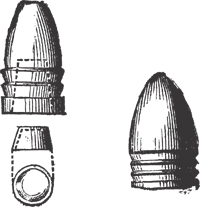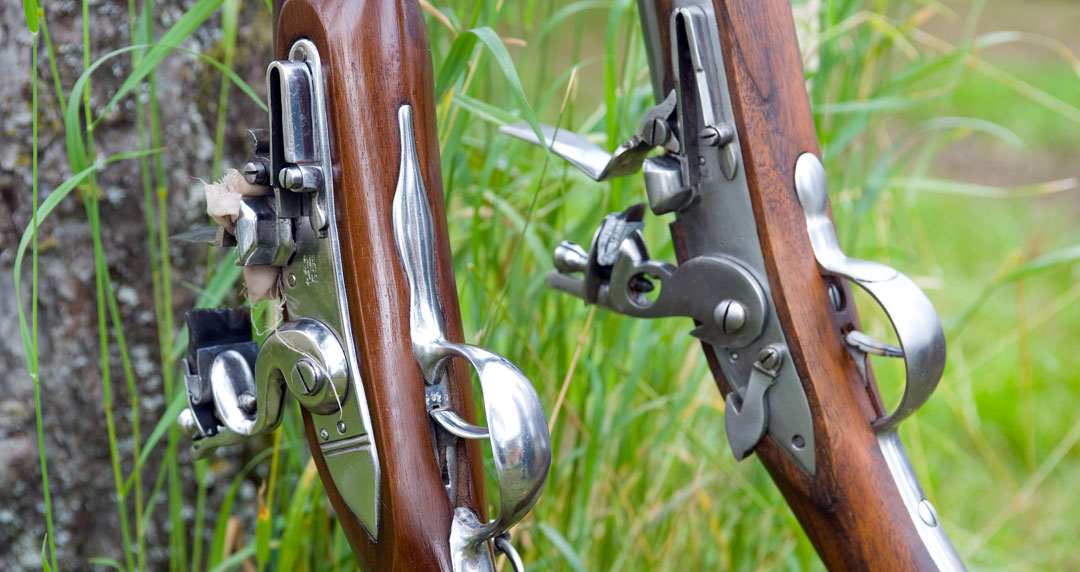Accuracy and range of a projectile is vastly improved if the projectile is (1) long and pointed and (2) spinning around its long axis as it flies. Those conditions were known for centuries before the Civil War; in fact, archers of old would sometimes affix the feathers on their arrows at an angle so the arrow would spin as it flew just for that reason.
So why did it take so long for gun manufacturers to create weapons that used long, pointed bullets and rifled gun barrels (i.e., barrels that had spiraling ridges on the inside that imparted a spin to the bullet as it left the barrel)?
The problem was the gunpowder available prior to the 1860s. It fouled the inside of gun barrels to the degree that the round lead ammunition couldn’t be rammed down into the barrel until the soot was cleaned out. Therefore, in order to allow the maximum rate of firing without cleaning, ammunition had to fit loosely in the barrel. It bounced around as it exited, slowing the bullet and causing it to exit at erratic angles, depending on the direction of the last bounce.
It also created huge clouds of smoke on a battlefield, negating the advantages of more accurate weapons.

In 1849, however, the French Army officer Claude-Etienne Minié invented the bullet that bears his name. It was a cylindrical projectile with a conical point at the top and a cone-shaped hollow in the base. It was rammed into the barrel of the gun after the gunpowder had been poured in, filling the hollow base of the projectile with gunpowder.
When the powder was touched off the edges of the base were forced against the sides of the barrel by the explosion, catching the rifling ridges on the inside of the barrel and imparting a spin to the bullet. It also provided a tighter seal between the bullet and the inside of the barrel(‘obturate’), improving velocity and range while at the same time scraping the inside of the barrel clean of the soot normally coating it after firing.
Both Union and Confederate forces used the same .58 caliber Minie ball for the Enfield and Springfield rifled muskets.
Click here to return to main Weapons page
(Posted February 2013)
